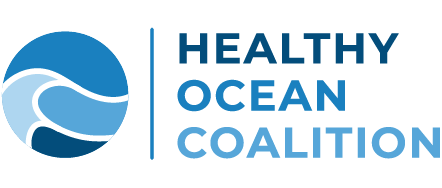To Protect Coral Reefs, We Must Protect the Ocean
President Biden is championing America the Beautiful, the Administration’s approach to achieving an exciting initiative called 30 by 30 which seeks to protect 30 percent of our land, water, and ocean by 2030. I compliment NOAA, the federal agency charged with caring for the ocean, for inviting all stakeholders, including indigenous and young people nationwide, to participate in the process.
Oculina coral thickets, NOAA
The United States has one of the largest ocean territories in the world, but only a small percentage is protected. Here in Florida, with the ocean on three sides and 8,436 miles of coastline, it is easy to think the ocean is an endless resource. But it’s not.
In recent decades, the ocean has absorbed over 90% of the heat and nearly a third of the carbon dioxide produced by greenhouse gasses. Today, the ocean is warmer, more acidic, less productive and increasingly starved for oxygen. Ultimately, this means it is less habitable for fish, wildlife, and human survival. And the pace of these changes is accelerating. We must take better care of the ocean.
Of particular concern are coral reefs, which cover just 2 percent of the ocean floor but are home to about 25 percent of all marine species and economically benefit hundreds of millions of people. NOAA estimates that coral reefs in southeast Florida are worth $8.5 billion, generating $4.4 billion in local sales, $2 billion in local income, and 70,400 jobs.
While the best-known reefs are near lower southeast Florida, there is a system of reefs off central-east Florida that has been protected as a designated Marine Protected Area known as the Oculina Habitat of Particular Concern since 1984. This unique deep-water coral ecosystem is found nowhere else on earth. The Oculina ecosystem is an important habitat for 70 fish species and provides spawning and nursery services for young fish, including commercially important grouper and snapper. We need more Marine Protected Areas that do not allow fishing or extractive uses so these species thrive.
We know this practice works. A no-take Marine Protected Area between Kenya and Tanzania — in which no fishing, mining, drilling, or similar activities are allowed — has effectively protected the corals from other pressures running alongside global heating. These principles could similarly be applied to some reef areas of Florida.
Recently, the South Atlantic Fishery Management Council (SAFMC) voted to open 20 square miles in the Oculina to commercial rock shrimp fishing, which involves trawling along the ocean floor — a practice that can be devastating to coral reefs. While this may meet some economic standards, it fails the significant economics provided by ocean protection.
The most important thing that we can do is protect areas while we still can. If we successfully protect 30 percent of the ocean by 2030, we can safeguard $12 to $24 billion in GDP and create up to 2 million jobs in sustainable fishing. But we have to act now. We have until December 28 to ask NOAA to prioritize placing at least 30 percent of our ocean in highly or fully protected Marine Protected Areas by 2030.

